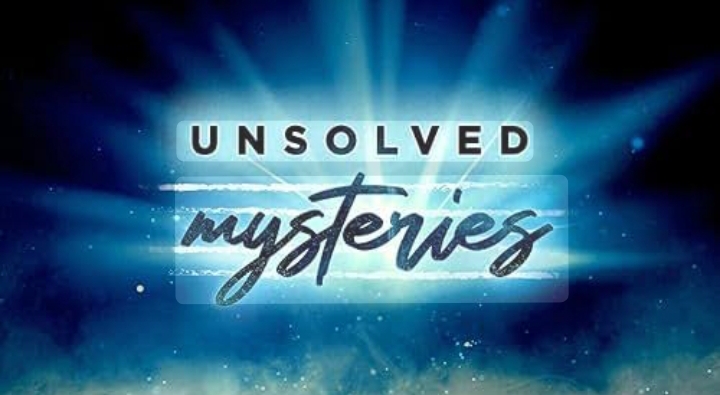
The internet is full of strange corners—forgotten websites, cryptic messages, and unsettling videos. But one case stands out above the rest. A digital enigma that has haunted forums, investigators, and curious minds for over two decades.
This is the story of “The Markovian Parallax Denigrate.”
A name that means nothing—and yet chills everyone who discovers it.
The First Clue: 1996 Usenet Posts
Though this mystery began gaining traction in 2004, its origins go back even further—to August 5, 1996, when a series of bizarre messages started appearing on Usenet (the early internet’s version of Reddit and email lists).
The messages were posted under strange names and contained gibberish-like phrases. One of the most famous examples read:
> “Markovian parallax denigrate.”
subject line from an anonymous post in 1996
The messages continued in this cryptic fashion—strange words strung together with no obvious meaning, posted repeatedly in obscure forums.R
esearchers tried decoding them using Markov chains (mathematical models used in AI and language generation), but nothing conclusive emerged. Some thought they were coded messages. Others believed they were nonsense.
The 2004 Resurgence
In 2004, curious users rediscovered these strange posts while exploring the Google Groups archive. A new generation of internet sleuths latched on—and what they found only deepened the mystery.
Attempts to trace the messages led to a user named “Susan Lindauer.” The problem? That’s also the name of a real former CIA asset and alleged 9/11 whistleblower who was arrested in 2004. The connection seemed too strange to be coincidental, but there was no evidence Susan Lindauer herself had anything to do with the messages.
Was it identity theft? A warning? Or something more?
Theories: What Was the Markovian Parallax Denigrate?
1. An Early AI Experiment?
Some theorists believe the messages were the output of an early attempt at AI-generated text, possibly leaked by accident—or as a test to see how people would respond.
2. Covert Communication?
Others suspect the posts were encrypted messages sent through a public forum to communicate with agents or collaborators, using nonsensical text as a cover.
3. Internet Hoax?
Could this all be a digital prank or viral art experiment? If so, no one has ever claimed credit for it.
4. A Glitch in the System?
Another eerie idea: the posts weren’t sent by anyone. They were the result of a deeper malfunction—an echo from some “other” system or intelligence trying to speak our language.
Still Unsolved
Despite countless threads, YouTube breakdowns, and deep-dive blog posts, no one has ever solved the mystery of the Markovian Parallax Denigrate. No code has been cracked. No origin confirmed. And no motive discovered.
It remains one of the oldest and most disturbing unsolved mysteries on the internet. A riddle with no punchline. A message no one can read.
Final Thoughts
The internet forgets most things. But the Markovian Parallax Denigrate endures—like a digital ghost, wandering across time and servers.
And the question still stands:
What if it meant something?
Would you like me to create a matching banner image or header graphic for this post?
Leave a Reply